Capturing the changeable Atlantic Ocean in painting and sculpture
-
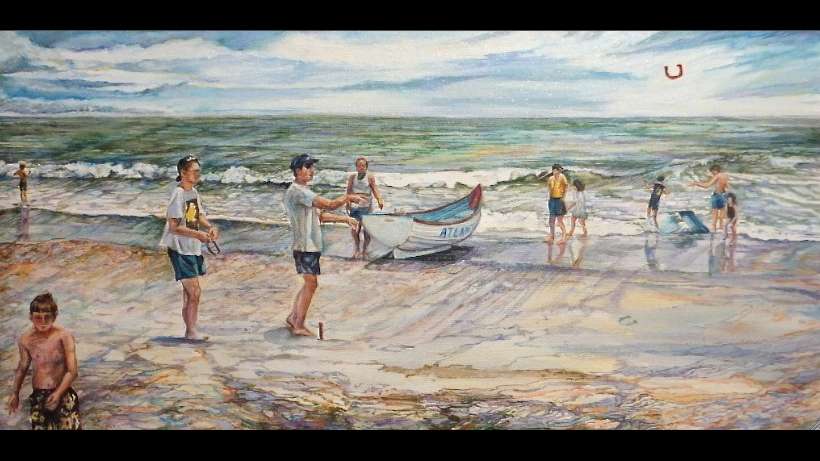
'Game on Beach' by Paulette Bensignor (Paulette Bensignor/for Great Bay Gallery)
-
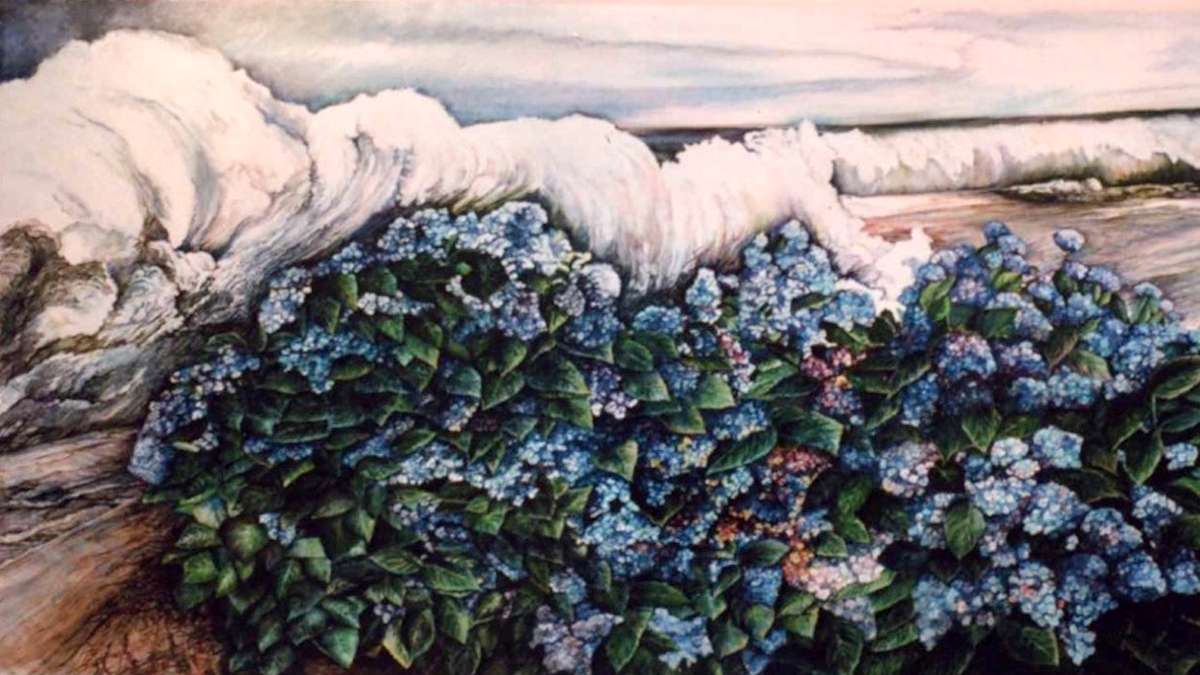
'Tsunami,' 2008, by Paulette Bensignor (Paulette Bensignor/for Great Bay Gallery)
-
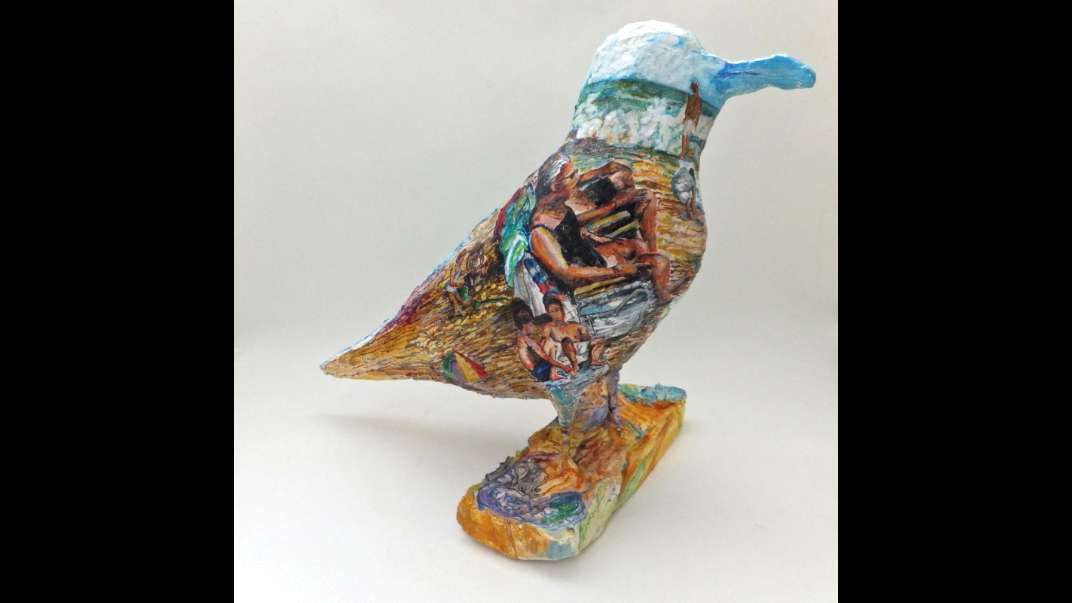
A mixed-media sculpture by Paulette Bensignor (Paulette Bensignor/for Great Bay Gallery)
-
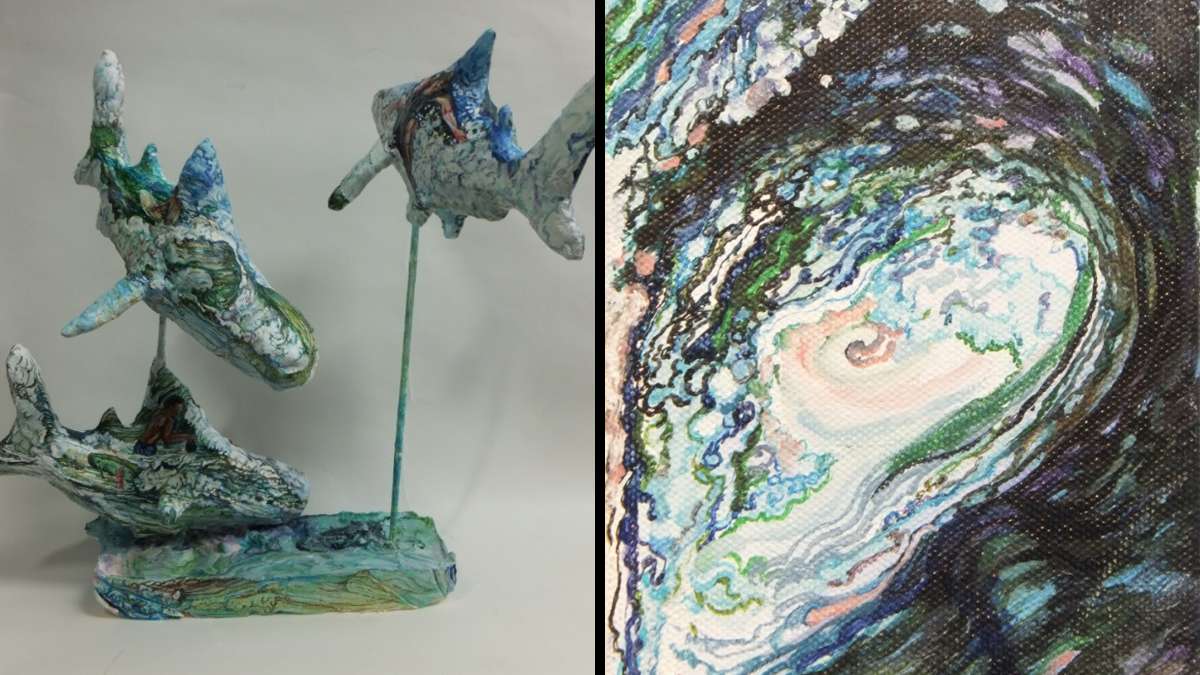
'Shark Bait' and detail from 'Wave with White Vortex,' oil on canvas, both by Paulette Bensignor (Paulette Bensignor/for Great Bay Gallery)
-
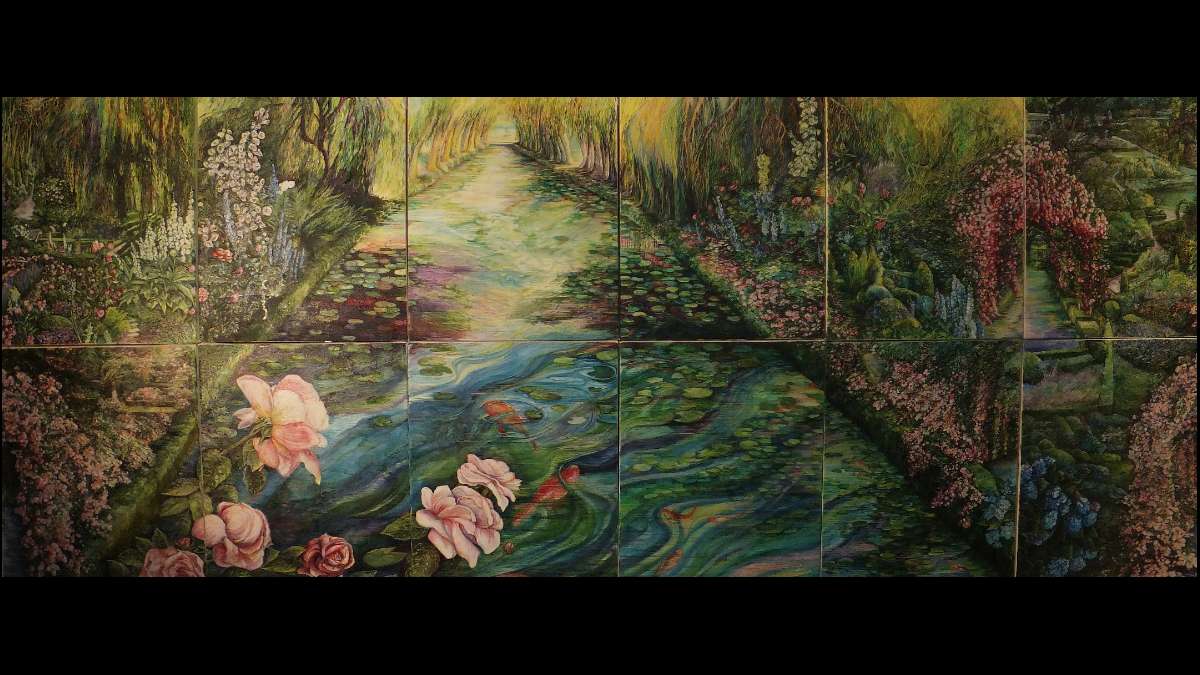
New work from Paulette Bensignor (Paulette Bensignor/for Great Bay Gallery)
-
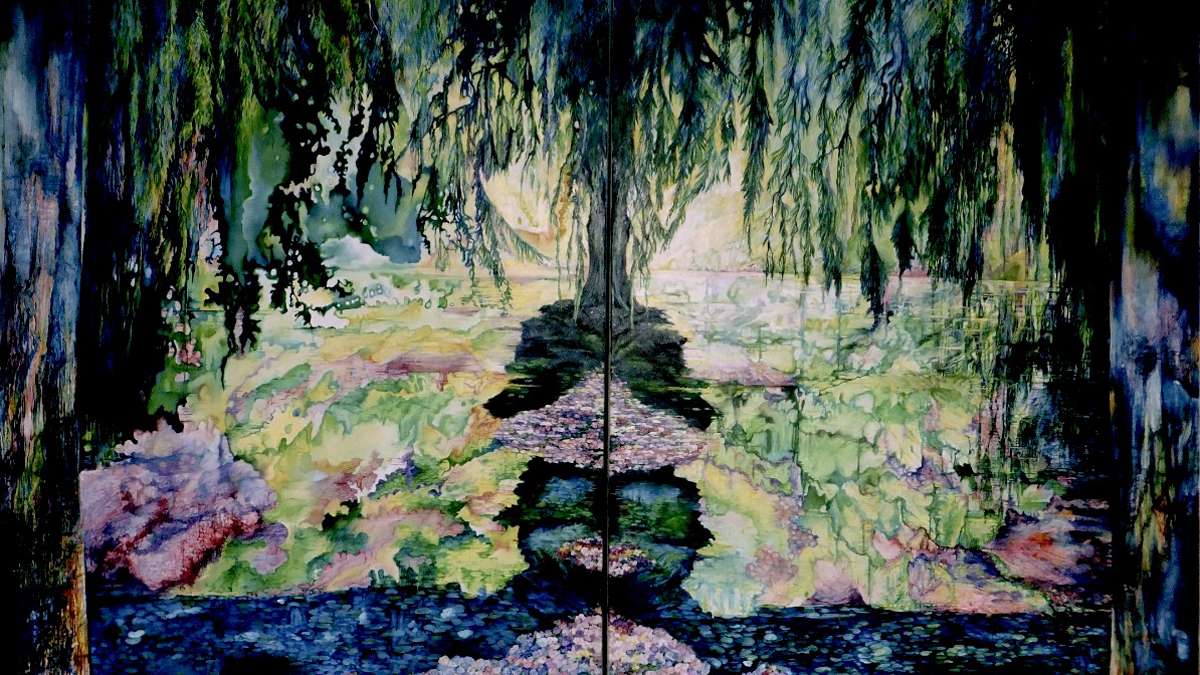
'Illusion,' detail of two panels, by Paulette Bensignor (Paulette Bensignor/for Great Bay Gallery)
-
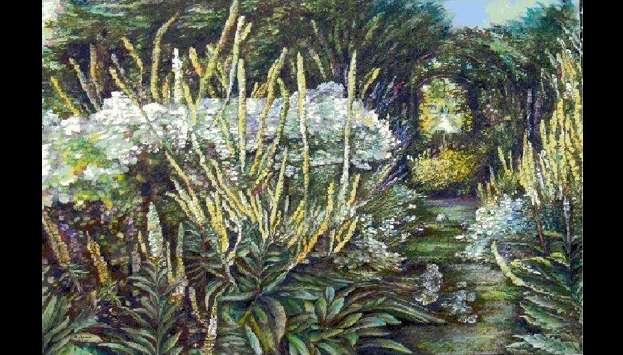
'Arches and Lupine (Escape Series)' — 16'' x 20'' oil on canvas (Paulette Bensignor/for Great Bay Gallery)
-
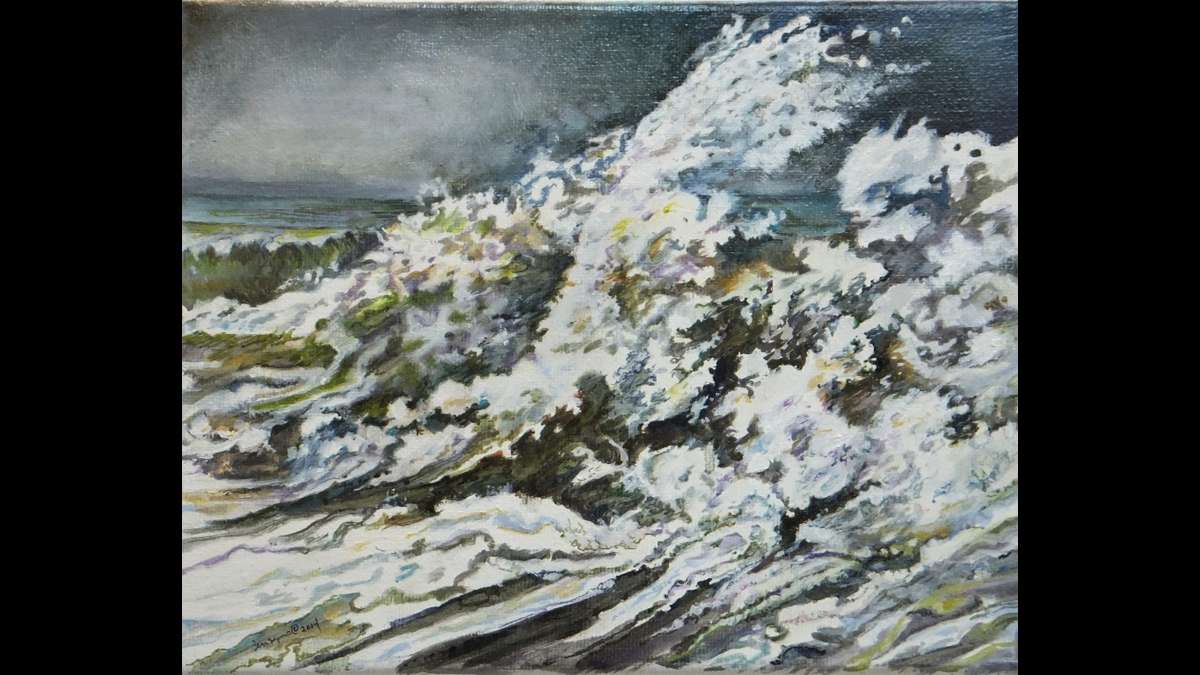
'The Wave' — oil on canvas, by Paulette Bensignor (Paulette Bensignor/for Great Bay Gallery)
Artist Paulette Bensignor has a love/hate relationship with the ocean. She has great respect for its power to be both a place for pleasure and a source of menacing power.
On the one hand, she loves its beauty and expansiveness, which she featured in an exhibition at The Great Bay Gallery in Somers Point, New Jersey, last summer. On the other hand, she lost both her grandfather and a cousin to the ocean: the former during WWII from a German torpedo to the military ship where he worked as a chef, and the latter from a drowning accident during a storm.
A calling
Many of us are drawn to the ocean. Is it because we live in a watery womb for nine months before we are born? Is it because, like the planet, our bodies are made mostly of water, so we feel as if we belong near or in it? Maybe we just love the sound of the sea as the pull of the moon creates the tides and the wonderful waves found in many of Paulette’s oil paintings.
“Throughout history, artists have always responded to their environment,” Bensignor says. Observing her seascapes, one can see she is obviously drawn to the wonders and dangers of water.
“The landscape signals an exquisite moment of knowing — the flashes, insights and reflections that changes are coming,” she says. She uses various media to create seascapes with colors, sometimes with violent waves, sometimes with a calmness that draws the observer in. In this way, she expresses the yin/yang relationship she has with water.
Every summer for more than 50 years, Bensignor moves to Atlantic City and observes people at the ocean as well as the water itself. Thousands of Philadelphians like her escape the heat of the city in an exodus to the Jersey Shore, running in the surf, swimming in the ocean, and walking the beach and the boards.
She does some painting on site, but she paints and sculpts most of her work in a studio behind her house in Bala Cynwyd.
Secrets, symbols and connections
Bensignor feels that the ocean is in our DNA. Through her oil paintings and sculptures, made of homemade paperclay, wood and plaster of Paris, and painted in acrylics, she can express what she considers to be part of her very being.
She has found romantic realism to be the truest mode of expression for her. At first glance, the work may appear conventional, but she pushes cliches beyond their boundaries. She says the work is “rooted in abstract forms, secrets, and symbols … that mean what we want them to mean.”
She aims to evoke the hidden forces that connect us to nature. Everything changes, as the earth moves away from our sun, and the universe slides more and more into the unknown. The question of how to express these transformations of life is reflected in these paintings.
“What I do is a physical and spiritual activity,” says Bensignor. “I am on my own personal path. Doing what I do has nothing to do with what is in style or other people’s values.”
Whatever your reason for loving the water, you will find its expression in her painting and sculpture. Each of her pieces will trigger different reactions from every viewer, but there is no doubt in my mind of the power — of the work and of the subject — no matter which symbols resonate most with her audience.
WHYY is your source for fact-based, in-depth journalism and information. As a nonprofit organization, we rely on financial support from readers like you. Please give today.

